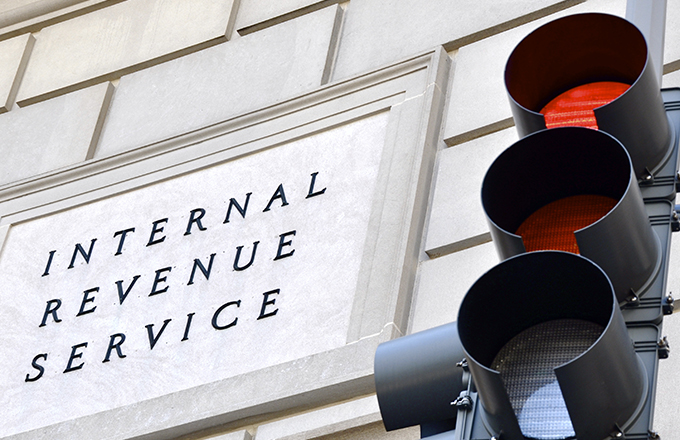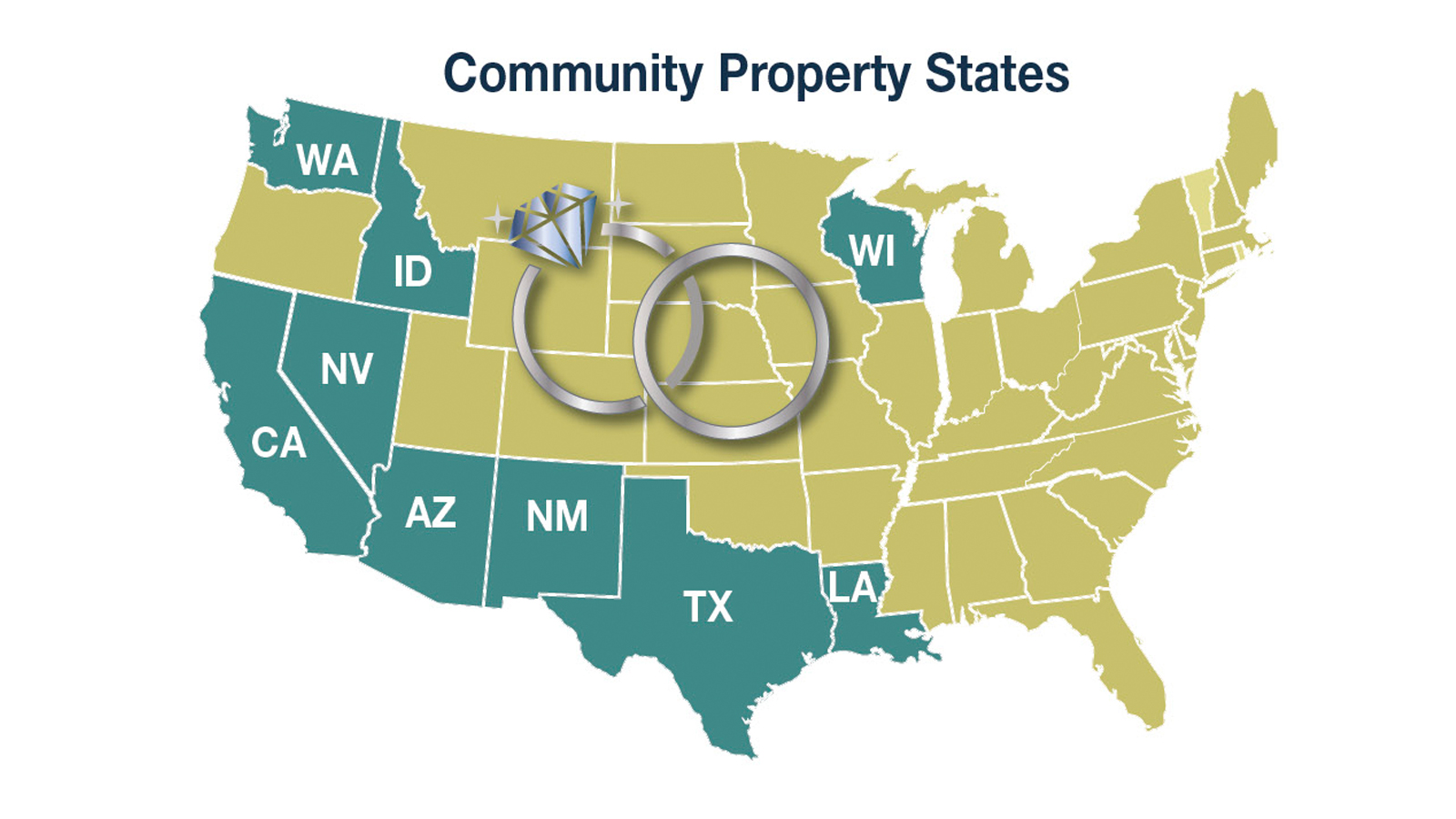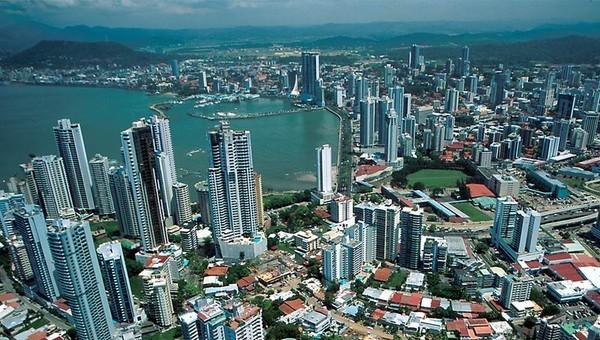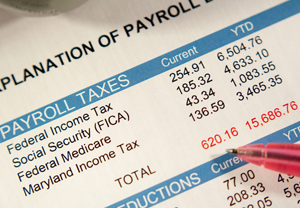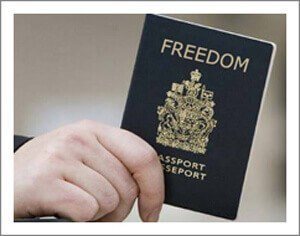The lowest cost second passport is from the Dominican Republic… period. The program from the Dominican Republic is a fraction of the cost of competitors like St. Kitts, Dominica, St. Lucia, and Malta.
If you’re looking for a low cost citizenship option, take a look at the Dominican Republic. If you want to maximize the value of the U.S. Foreign Earned Income Exclusion, or improve your asset protection and banking options, a second passport from the Dominican Republic might be the way to go.
Note that this article describes a second passport from the Dominican Republic and not Dominica. Dominica has a strong passport which is available for purchase for about $140,000. For more, see: A Second Passport from Dominica is the Best Value in the Caribbean
I should point out that Dominica and Dominican Republic are not direct competitors. The uses and benefits of a DR passport are very different from those of Dominica or the European Union passports we offer (such as Malta which requires an investment of $1.2 million).
Who the Dominican Republic second passport program is for…
Here’s how to get a low cost second passport from the Dominican Republic in about 8 months from the date your residency is approved.
A second passport from the Dominican Republic is for those looking to diversify their current citizenship. It’s for citizens of top tier countries, such as the United States, Canada, United Kingdom, European Union, Japan, Australia, New Zealand, etc. Those who already have a strong passport and want a supporting travel and citizenship document.
If you’re concerned with the state of affairs in your home country, and want a hedge against country risk, consider a second passport from the Dominican Republic.
If you want to have a second passport in hand in the event that you decide to expatriate from the United States, think about the Dominican Republic.
If you want a smooth transition or landing spot should you pull the ripcord on your exit strategy, having a second passport is key.
If you’d like to invest and transact in private, a second passport from the Dominican Republic will help.
If you’re a U.S. citizen and concerned with the IRS or another government agency confiscating your passport, you must have a second passport in hand before trouble comes. Keep in mind that a U.S. passport is not a right, it’s a privilege bestowed upon us by our government. Your U.S. passport can be revoked for any reason at any time.
For more on how and why the U.S. can revoke your passport, see;
The bottom line is this: if you’re a citizen of a top tier country, and want the privacy, and security of a second passport, the lowest cost option is the Dominican Republic.
Who the Dominican Republic second passport program is NOT for…
The second passport program of the Dominican Republic is not for those who need to upgrade their passport. If you’re looking for a passport with more visa free travel options, the DR is not for you.
A passport from the Dominican Republic gets you visa free or visa on arrival access to only 54 countries and territories, ranking it 83rd in the world. Here is a list of visa free countries.
By comparison, a passport from China gives you access to 50 countries and a passport from India gets you access to 52 countries. There is little benefit to persons of these countries in buying a second passport from the Dominican Republic
Citizens of China and India are the most likely to want to upgrade their passports rather than diversify as Americans and Europeans do. For more on upgrading your passport, see: 10 Best Second Passports and Citizenship by Investment Programs For 2016
The lowest cost passport upgrade is Dominica at about $170,000 for a person from China and India (compared to about $140,000 for a U.S. citizen). You’ll receive your passport from Dominica in about 90 days.
The lowest cost residency program for Chinese and Indian nationals is Panama, which requires an investment of $80,000. You can apply for citizenship and a passport after 5 years of residency. This passport gets you visa free travel to 127 countries, including all of the European Union and the Schengen Region.
Citizens of China, India, and other restricted nationalities can apply for a passport from the Dominican Republic. I’m not suggesting you are ineligible… my point is that a DR passport won’t be a major upgrade to your current passport.
Process to obtain a second passport from the Dominican Republic
There are two second passport programs available from the Dominican Republic. The fast track investor program and the fast track retiree / foreign passive income option. Both will get you a passport within 8 months of your becoming a permanent resident.
Fast Track Investment Option: Start a business in the Dominican Republic with an investment of $200,000 or deposit $200,000 into a bank in the Dominican Republic (typically a CD which will provide a nice rate of return).
For the business option, all you need to do is form a corporation and deposit the capital into a local bank. There is no requirement to hire employees, operate the business, or pay taxes in the DR.
Your $200,000 must remain in the corporate account, or in your CD, for a minimum of 3 years. Some local banks offer accounts in US Dollars, Euros, the Dominican Peso (which is the local currency)
If you change your mind, you may withdraw your money from the Dominican Republic at any time. In that case, your residency and citizenship application will be cancelled.
- Early withdrawal penalties may apply to CDs or other long term investments. If you perceive risk in the DR banking system, and want immediate access to your capital throughout the application process, hold it in a corporate checking account.
Most applications for citizenship under this fast track program are completed within 8 months of your residency being approved. The timeline of the corporate option is as follows:
- We form a Limited Liability Company for you in the Dominican Republic. Typically completed in one week.
- You travel to the Dominican Republic to open the bank account with our assistance. We suggest you stay a minimum of 3 nights on the island.
- You deposit the $200,000.00 into your corporate bank account and receive a confirmation letter. Note that you are the only signer on this account and the funds are always under your control. Typical processing time is 5 business days.
Reporting the investment and filing various documents with the government. This takes 30 to 40 days.
- You provide us the certified and apostilled documents listed below and return to the Dominican Republic for a medical exam. This can be completed in one day.
- We prepare and file your permanent residency application, which requires about 30 days. In most cases, your permanent residency will be approved in 2 to 4 months.
- You travel to the Dominican Republic to receive your permanent residency documents and photo ID.
- Once you have your residency card in hand, you must wait for 6 months before you can apply for Citizenship. Typical processing time of these citizenship and passport applications is 60 to 90 days. You will need to travel to the Dominican Republic to receive your passport.
If you’re able to travel as soon as each step is completed, and you provide the required documents in a timely manner, we can complete your citizenship application in 8 to 10 months after you receive your residency card, depending on your availability.
The only timeline that’s fixed by statute is the 6 month wait between receipt of your permanent residency card and filing for citizenship.
Retiree / Foreign Passive Income Option: Retirees are those with passive income from retirement accounts. Passive income applicants are those with rental properties, dividends, foreign bank deposits (from banks outside of the Dominican Republic), investment returns from foreign companies, and other forms of passive income which has been earned over 5 consecutive years.
Retirees must show income from a pension or retirement plan of $1,500 per month plus $250 for each dependent. There is no minimum age requirement to be considered a “retiree.” So long as you have a pension plan sending you regular payments, you will qualify.
Passive income applicants must show a minimum fixed monthly income of $2,000 plus $250 for each dependent.
Dependents include your spouse and any children under 18 years of age. College students who can prove they are dependent upon you for support may also be included in your application.
The typical processing time for a retiree / passive investor application is 8 months after you have your permanent residency card in hand.
Documents to Become a Resident of the Dominican Republic
We will need the following documents from each applicant to complete your residency and second passport package for the Dominican Republic.
- One questionnaire per family unit, a notarized copy of each applicant’s passport, and a notarized copy of a utility bill showing the primary applicant’s name and home address.
- A family unit is the primary applicant, your spouse, and your dependent children under 18 years of age. Full time college students who are dependent on you for support may also be included.
- A complete copy of each applicant’s passport (every page, including blank pages). Each passport should have 4 months of validity remaining. If less, you should renew before applying to the Dominican Republic.
- A government issued birth certificate notarized and apostilled in your country, or at the nearest Dominican Consulate. This document must be translated to Spanish and the translation also must be certified.
- Government issued marriage and divorce as applicable. These are to be translated into Spanish, certified and apostilled.
- Resume or biography for the primary applicant. A resume or bio from your spouse will also be helpful. There is no specific format, just something that gives the reader an idea of your education, work history, and some interesting facts about you.
- If applying as a retiree, proof of your monthly pension translated to Spanish and certified by the Dominican Consulate and at the Ministry of Foreign Affairs of the Dominican Republic.
- If applying as a passive investor, proof of such income over the last 5 years translated to Spanish and certified by the Dominican Consulate and at the Ministry of Foreign Affairs of the Dominican Republic.
- For example, a copy of the fixed income contract/certificate of deposit will be accepted.
- If applying as a corporation, various corporate documents to be certified by a local notary and authenticated at the Attorney General’s Office. A
- Police clearance report or FBI background report showing no criminal record. This should come from your home country. If you have lived abroad for 5 years or more, this should come from your country of residence.
- U.S. citizens, click here for information on obtaining an FBI clearance report.
- If you have lived in the Dominican Republic for 30 days or more (for example, during the residency period but before applying for citizenship), each applicant 16 years of age and older should provide a Certificate of Good Conduct by the Dominican authorities.
- Each applicant over 16 years of age is required to provide 9 passport photos (6 front pictures and 3 right profile). For children under 16, 5 passport photos are required (3 front and 2 right profile). Pictures should be 2”x2”, against a white background, and accessories such as earrings or sunglasses are not permitted
From time to time, the government might ask for additional or supporting documents. You should begin collecting these documents after you submit the questionnaire. The police report or FBI report can take months to complete. If you plan to use the fast track or expedited fast track program, start on these ASAP.
Costs of Residency and a Second Passport in the Dominican Republic
The cost for a single applicant from the US, EU, UK, Canada, or a similar country is $35,000. The cost for a husband and wife is $45,000. Each dependent will add about $3,300, but fees will vary based on age and history.
Fees for those from restricted countries, such as China, India, Pakistan, African nations, etc. will vary from case to case. The average has been an additional processing and due diligence fee of $10.000 per adult applicant. So, a single applicant would be $55,000 and a husband and wife would be $65,000 on average.
The fees listed above include both your residency and citizenship. That is to say, they the include filing and management of your application throughout the program until you have your second passport from the Dominican Republic in hand. They also include all government and other costs.
The government of the Dominican Republic is planning to add one or two investment options to it’s second passport program in the coming months. While we don’t have any details yet, I expect they’ll be based around government bonds and green reforestation programs.
For example, it might be possible to invest $150,000 in teak and receive residency and a second passport in exchange. Alternatively, you might be allowed in invest $250,000 in government bonds for 5 years and become a citizen after 6 months.
No matter what changes come down, the lowest cost options will be those described above. If you have a pension or passive income, you can buy a passport from the Dominican Republic for $35,000. If you don’t have a consistent cash flow, you can deposit $200,000 and qualify for a second passport.
Second Passport Scams from the Dominican Republic
A number of countries have been the targets of passport scam artists. I’ve seen scams from Panama, Mexico, Antigua, Paraguay, Comoros, and the Dominican Republic.
The program we are offering was signed into law in 2014 and became active in 2015. Any website promoting a DR passport before this date is a scam. Only a formal program, founded in the law, will guarantee you a second passport.
Likewise, any website promoting an “instant passport” from the Dominican Republic is a scam. All legal programs require you become a resident for at least 6 months before you apply for citizenship. There is no way to expedite or pay a fee to circumvent this requirement.
Before publishing on this low cost second passport offering from the Dominican Republic, I did a great deal of research. I made multiple trips to the island, met with lawyers, promoters, and government officers and cabinet members at all levels.
Still not satisfied, I reviewed the files of 42 completed applications and spoke with many of the investors over the phone. In this way, I was able to confirm that each and every applicant has been approved and had received their passport after the statutory waiting period.
This is to say, I’ve been aware of the DR program for many months now. I did not write it up until I did my of research and had followed over 40 cases from start to finish. Only then did I feel comfortable bringing this to my readers.
I’m now 100% confident in the second passport program offered by the Dominican Republic.
Contact Us
Please contact me for more information on the Dominican Republic second passport program. We will be happy to work with you to gain residency and a second passport from the DR. All consultations are confidential. You can reach me directly at info@premieroffshore.com or at (619) 483-1708.


